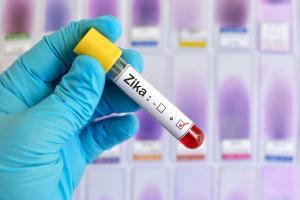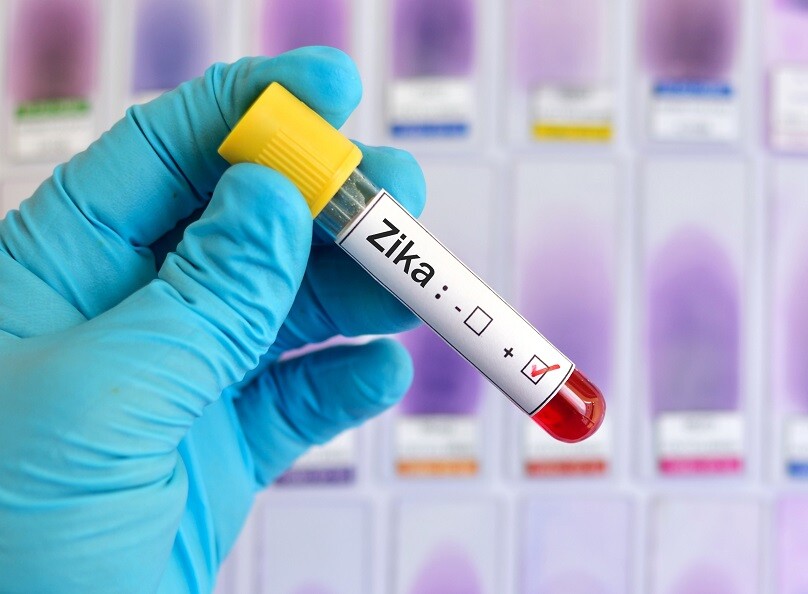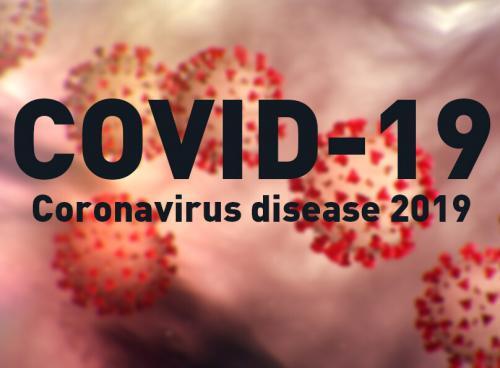
The Nuclear Connection to Combating the Zika Virus
July 2016
A team of experts at the International Atomic Energy Agency (IAEA) are launching a new fight against Zika and it’s totally nuclear.
Over one million people have already been affected by the Zika virus, and an estimated 2.2 billion live in at risk areas.
The World Health Organization (WHO) issued a global emergency on the virus earlier this year as it continues to spread through North America. Reports of over 6,000 cases have already surfaced in the United States with over 15 cases reported so far in the Miami area and that number is expected to rise.
The Centers for Disease Control and Prevention (CDC) in the United States issued a historic travel warning to pregnant women to stay away from a neighborhood north of downtown Miami where the virus is spreading. This marks the first time in 70 years that the U.S. government has issued such a warning. The virus has been linked to brain damage in babies and, according to French researchers, can also lead to brain infections in adults
The Zika virus is not new. It was first discovered in Uganda back in the 1940s and is named after the forest in which it was found. According to the CDC, “Zika can be transmitted through mosquito bites, from a pregnant woman to her fetus, sex and blood transfusions (very likely by not confirmed.)” The most common symptoms of infection include fevers, rashes, joint and muscle pain, headaches and red eyes.
While there is no known vaccine or medicine for Zika, scientists with the IAEA are hoping to fight the disease thanks to nuclear technology.
The procedure is called the sterile insect technique (SIT). Scientists have used this technique for over 50 years to help suppress or eradicate pests all together. This safe and environmentally-friendly procedure involves using radiation to make male insects infertile. This is the first time that the SIT technique has been applied to fight human disease.
“Think of it as a method of birth control. We produce sterile male mosquitos using radiation that sterilizes the sperm in the male mosquito,” says Rosemary Lees, a medical entomologist with the IAEA. “When we release a large number of these males we flood a region with sterile males so that the wild females are more likely to mate with them.”
Since female mosquitos usually only mate once, mating with infertile males would stop the further reproduction of Aedes mosquitos.
The SIT technique relies on something known as Cobalt-60, a radioactive isotope that is currently used to sterilize 40 per cent of the world’s medical devices. In Canada Cobalt-60 is harvested from Bruce Power and processed by Nordion.
“Cobalt-60 from our reactors already plays a major role in keeping single-use medical equipment safely sterilized, and with it now helping to stop the spread of diseases like Zika virus the world’s population continues to benefit from it,” said James Scongack, Vice President, Corporate Affairs, Bruce Power. “We look forward to working with Nordion to continue safely harvesting Cobalt-60 during our planned maintenance outages so it can help prevent disease across the world.”
The second half of the program involves understanding the wild mosquito environment through trapping mosquitos. The idea is that if researchers know how many wild mosquitoes there are, they will know how many to release. The hope is that if enough wild mosquitos are trapped and sterile ones breed, that the spread of the virus will cease.
“We are trying to remove the vector. Think of Zika transmission as a triangle. People, virus and the mosquito. By removing one of the three you can stop the transmission,” according to Jeremie Gilles, head of the mosquito group with the IAEA.
The World Health Organization (WHO) has declared the Zika virus a public health emergency. This is only the fourth time in history that this has happened since International Heath Regulations (IHR) came into place in 2007.
The IAEA in partnership with the Food and Agriculture Organization (FAO) has committed over 2 million Euros to help fight Zika in Latin America and the Caribbean where close to 4 million people could be infected this year. Thanks to the use of nuclear technology, science may be able to stop the spread of what could soon be a global disease epidemic.



